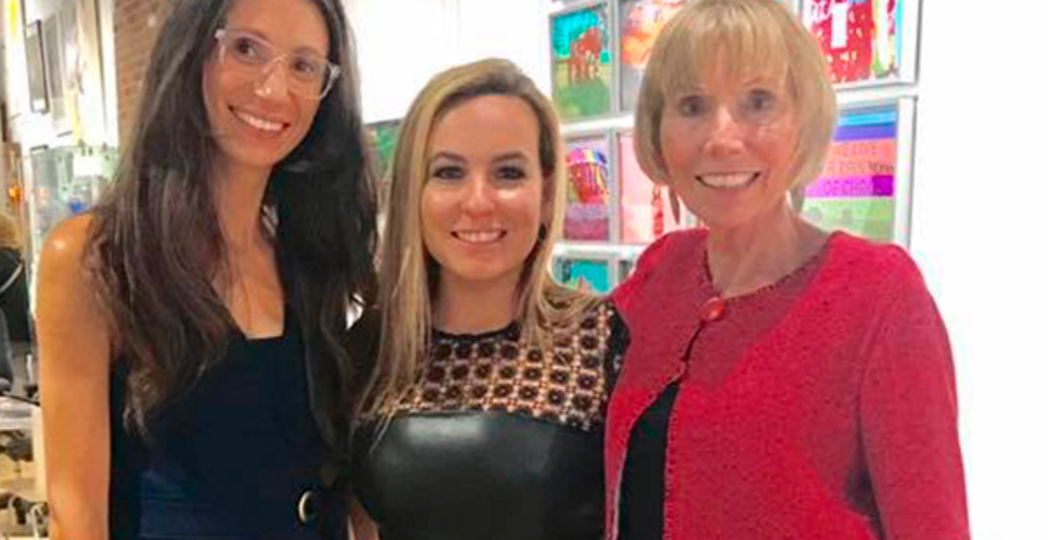Akron's Harris Stanton Gallery Closes This Month
by James Bigley II | May. 30, 2019 | 6:00 PM

Cleveland Magazine: What has been your approach as an art collector over the last 30 years?
Meg Harris Stanton: I have a very eclectic taste in art, and I think in some respects that's been helpful, particularly when you have to be able to sell some art to make your business sustainable. I would try very hard never to purchase anything that I wouldn't be comfortable owning myself. That was one of my rules. I always thought, like, "If I can't feel strongly about the art that I'm exhibiting, I won't be able to sell it." We do sell some “pretty landscapes,” but usually there tends to be something a little bit more behind it. I didn't want to totally decorate. That was very important to me. It was very important to my own integrity, frankly, and I try to have a wide range of art that would appeal to a number of different tastes. If you were to see my private collection, there are all different kinds of art in my home, and I love every piece of it. I do have a very broad appreciation for different kinds of art. We had a broad focus, we did not have a very narrow, specific focus. And I think that's partly why I've been in business as long as I have quite honestly.
CM: What has been some of your most memorable exhibitions?
MHS: I’ve had a couple kind of fascinating things that occurred, and one was the buying and selling of Helen Frankenthaler’s Tales of Genji. They were this extraordinary set of four or five gorgeous woodblock prints. I, personally, loved that series. It was strikingly beautiful. That whole edition was very small and it sold out within, like, a year or something. The fact that it was Helen Frankenthaler was what drove several of the clients to purchase. They knew they were making a good investment in art. She was known as a color field painter and these were very representative of the kind of work that she did on canvas, but they were done in a print form that was more affordable for people then who simply would never really be able to afford her paintings. These were not inexpensive at the time. They were around $20,000 a piece. They were the most expensive things I've ever sold.
CM: What has been most challenging for you, and what can we expect in the future now that your galleries are closing?
MHS: Now, everything is being bought online. By far, the most dramatic change, is the digitalization of everything and these companies like Artsy and Etsy that are out there and all these places that are digital platforms from which artists can sell work directly. More and more people, including institutions, are going to platforms like that to purchase art. That trend, I don’t believe, is ever going to change. I don’t think there will be a movement back to what it used to be. If you can’t beat them join them — I’m doing that. I want to continue to serve as a freelance curator and art consultant because I love those aspects of my business. I’m going to keep my name, expand our website and use it as a platform where people can go and look at the kinds of art we have access to. I will then bring the art you’re interested in to your home or to your business or arrange studio visits and make the client the center of the experience and do what it takes to help them acquire art.
Trending
-
1
-
2
-
3
-
4
-
5










